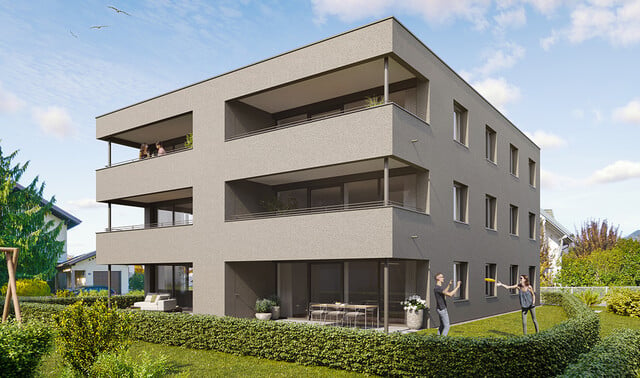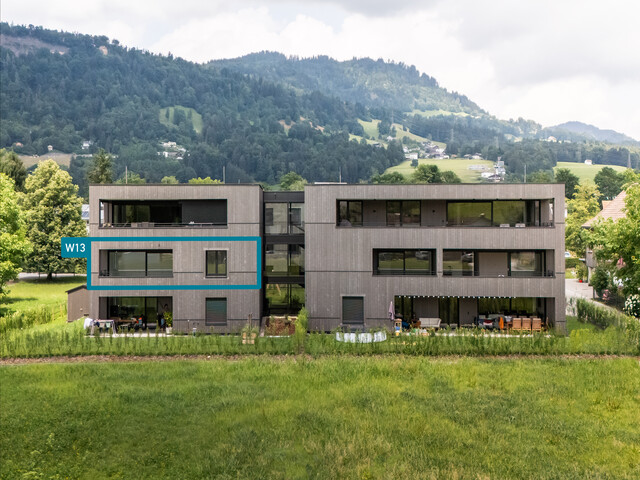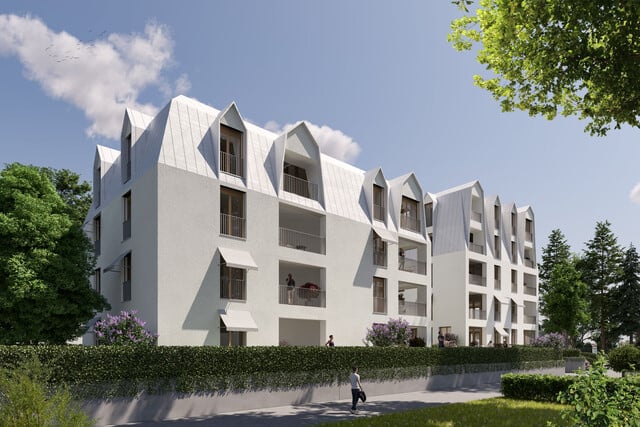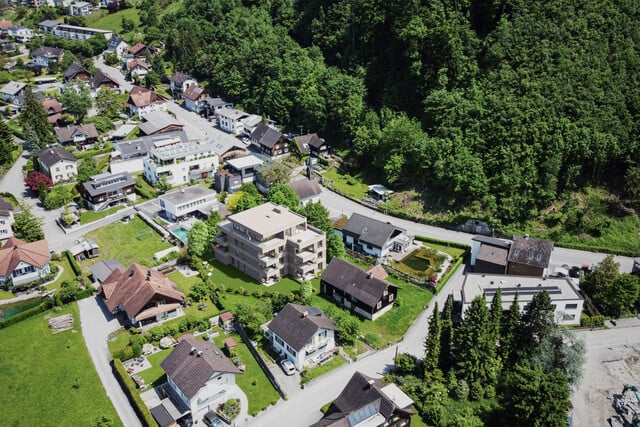Supermarket Shock: Prices for Groceries Are Getting Even More Expensive

The economists at Wifo expect a price increase for food (including alcohol and tobacco) of 3.2 percent on average for the coming year. For this year, an increase of 3.8 percent is forecast, according to a detailed analysis of the current Wifo economic forecast.
According to the Wifo forecast, prices for energy (+4.8 percent) and services (+4.4 percent) are rising particularly sharply this year. The services group includes, among others, gastronomy and hospitality, rents, personal services (hair salons, nail studios), and public fees.
High inflation in food prices remains
Since June, the increase in food prices has been contributing more strongly to overall inflation, writes Wifo economist Josef Baumgartner in the "Research Brief" published on Friday. Baumgartner sees three main reasons: A smaller seasonal price decline was recorded for fresh vegetables and fruits due to a poorer harvest. A low supply in the low-cost segment for meat, due to reduced imports from Hungary and Slovakia as a result of foot-and-mouth disease, has led to a stronger increase in meat prices. Furthermore, significant price increases were recorded due to crop failures in olives and olive oil (especially in Spain) and in coffee, cocoa, and orange (juice concentrate) imported from overseas.
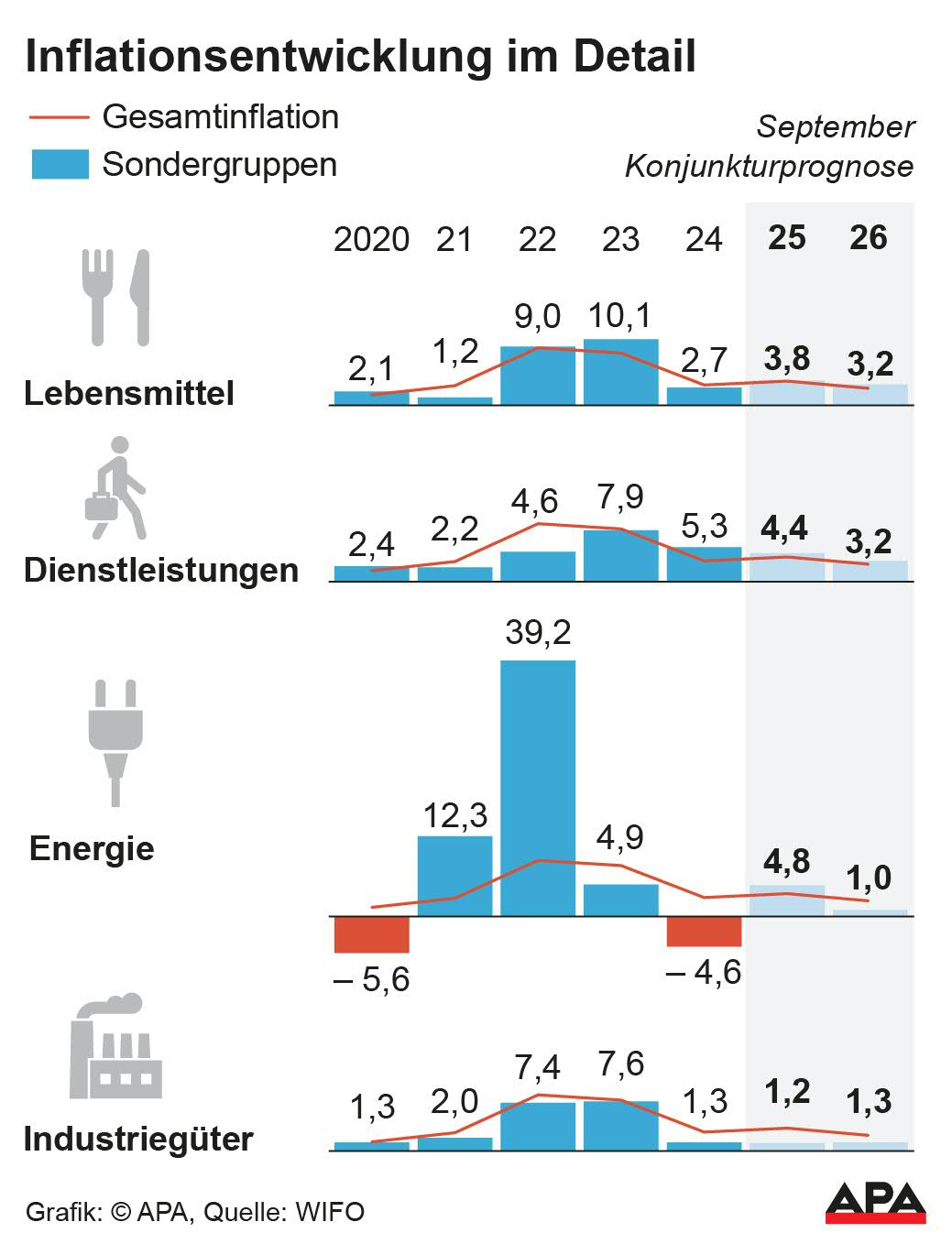
Debates on VAT reduction for food
As announced last Tuesday as part of the Wifo autumn forecast, economists expect an inflation rate of 3.5 percent in Austria for 2025 and 2.4 percent for 2026. The currently relatively high inflation has recently led politicians and economists to ventilate numerous ideas - such as reducing the tax rate for food and rents. SPÖ leader and Vice Chancellor Andreas Babler can imagine a VAT reduction for food, while his party colleague and Finance Minister Markus Marterbauer is skeptical. IHS head Holger Bonin is also against a reduction, while Wifo head Gabriel Felbermayr is in favor, financed by an increase in the standard tax rate.
Energy continues to drive inflation
In the fourth quarter of 2024, inflation in Austria reached the European Central Bank's (ECB) inflation target of 2 percent. According to Wifo, the increase in inflation to 3.1 percent in the first half of 2025 is mainly due to changes in the energy sector initiated by the former ÖVP-Green government at the beginning of the year. These include the expiration of the electricity price brake, the reintroduction of green electricity subsidy contributions and flat rates, the return of energy taxes on electricity and gas to their original levels, and the significant increase in network charges (for electricity and gas) as well as an increase in CO2 pricing for fuels, heating oil, and natural gas. According to Wifo, these price increases will remain as base effects in the inflation calculation for 2025. From December 2025 to January 2026, economists expect a decrease in the inflation contribution, particularly from the electricity sector, by around 0.75 to 1 percentage points.
As part of the autumn forecast, Wifo increased the expected inflation for energy this year from 2.8 percent (June forecast) to now 4.8 percent. This was due to the development of mineral oil prices and higher electricity working prices, explained Wifo economist Baumgartner upon APA request.
(APA/Red)
This article has been automatically translated, read the original article here.
Du hast einen Hinweis für uns? Oder einen Insider-Tipp, was bei dir in der Gegend gerade passiert? Dann melde dich bei uns, damit wir darüber berichten können.
Wir gehen allen Hinweisen nach, die wir erhalten. Und damit wir schon einen Vorgeschmack und einen guten Überblick bekommen, freuen wir uns über Fotos, Videos oder Texte. Einfach das Formular unten ausfüllen und schon landet dein Tipp bei uns in der Redaktion.
Alternativ kannst du uns direkt über WhatsApp kontaktieren: Zum WhatsApp Chat
Herzlichen Dank für deine Zusendung.

